10 Smoky & Spicy Ancho Pepper Recipes That’ll Ignite Your Inner Chef
If you're ready to add some depth, warmth, and complexity to your cooking, it's time to reach for the ancho pepper. Known for its rich, mildly spicy flavor profile and dark mahogany hue, this dried poblano is a staple in Mexican cuisine and beyond.
In this article, we’ll explore everything from what makes the ancho pepper special, to 10 deliciously creative recipes that use it as the star ingredient. Plus, we’ll share a handy Buying Guide so you know how to pick the best ones at the store or online.
Table of Contents
- What Is an Ancho Pepper?
- Why You’ll Love Cooking With It
- Top 10 Ancho Pepper Recipes You Must Try
- Pro Tips: How to Cook With Ancho Peppers Like a Pro
- Buying Guide: Finding the Perfect Ancho Peppers
- Final Thoughts

What Is an Ancho Pepper?
The ancho pepper is simply a dried version of the poblano pepper — mild when fresh, but when dried, it develops a deep, slightly sweet, and earthy flavor profile with just the right amount of heat. It’s often used in moles, sauces, soups, and salsas for its complex taste rather than its spice level.
| Characteristic | Details |
|---|---|
| Scoville Heat Units (SHU) | 1,000 – 2,000 SHU |
| Flavor Profile | Earthy, fruity, smoky, with subtle sweetness |
| Common Use | Mole sauces, chili, stews, rubs, marinades |
| Substitutes | Guajillo, pasilla, mulato, or chipotle in adobo (for more heat) |
Why You’ll Love Cooking With It
Ancho peppers are a game-changer because they offer:
- Depth of flavor without overwhelming spiciness
- Great versatility — they can be soaked and blended, toasted, ground into powder, or infused into oils and broths
- A unique ability to enhance other spices and bring out umami notes
- Rich in antioxidants and nutrients like Vitamin A and C
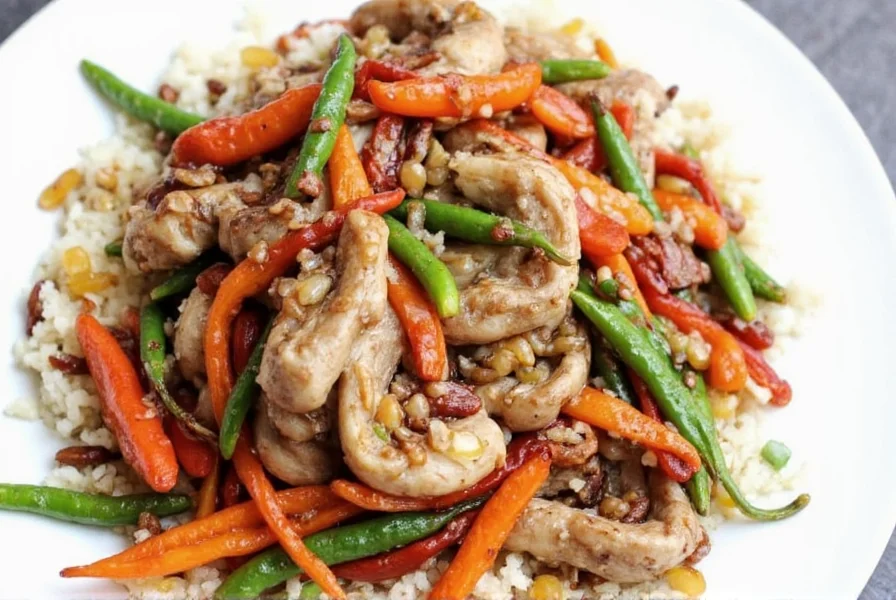
Top 10 Ancho Pepper Recipes You Must Try
Let’s dive into some of the most flavorful, crowd-pleasing recipes that showcase the beauty of ancho peppers:
- Ancho Chile Mole Sauce – A classic, layered sauce perfect for drizzling over chicken, enchiladas, or tacos.
- Smoky Ancho Chili – A hearty, slow-cooked stew packed with beans, meat, tomatoes, and bold chile flavor.
- Ancho Tomato Jam – Sweet, tangy, and slightly spicy — ideal for charcuterie boards or glazing meats.
- Spiced Ancho Popcorn – Toss popcorn with ancho powder, lime zest, and salt for a quick snack that pops!
- Ancho Chicken Enchiladas – Rich and comforting, these enchiladas feature shredded chicken bathed in a roasted ancho sauce.
- Grilled Shrimp with Ancho Rub – Simple yet elegant, this dish lets the natural sweetness of shrimp shine through.
- Ancho Black Bean Soup – Hearty and smooth, this soup is the ultimate cold-weather comfort food.
- Homemade Ancho Tortilla Chips – Infuse masa with ancho powder before frying for a colorful twist on a classic snack.
- Ancho BBQ Sauce – Upgrade your grilled ribs or burgers with this bold, smoky homemade barbecue sauce.
- Ancho Hot Chocolate – Yes, really! Add a pinch of ancho powder to your hot cocoa for a surprising kick.
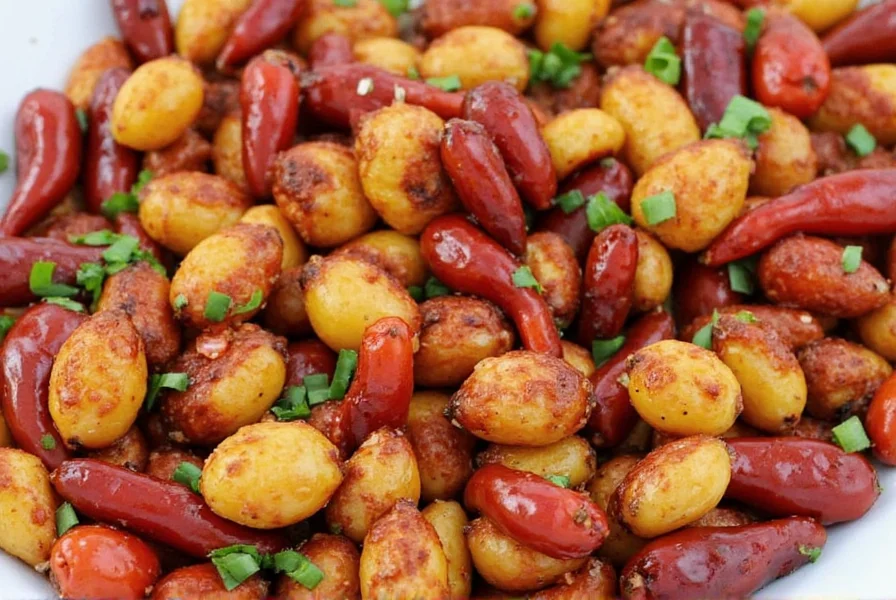
Pro Tips: How to Cook With Ancho Peppers Like a Pro
Cooking with ancho peppers can be easy if you follow a few basic steps:
- Remove seeds and stems before soaking or blending — they’re bitter and overly spicy.
- Toast them first in a dry pan to unlock their aromatic oils and deepen the flavor.
- Soak in warm water or broth for about 20–30 minutes until soft enough to blend smoothly.
- Use a high-speed blender to get a silky texture in sauces and pastes — strain if needed.
- Store properly: Whole dried anchos keep well in a cool, dark place for up to a year. Ground powder should be kept in an airtight container away from sunlight.
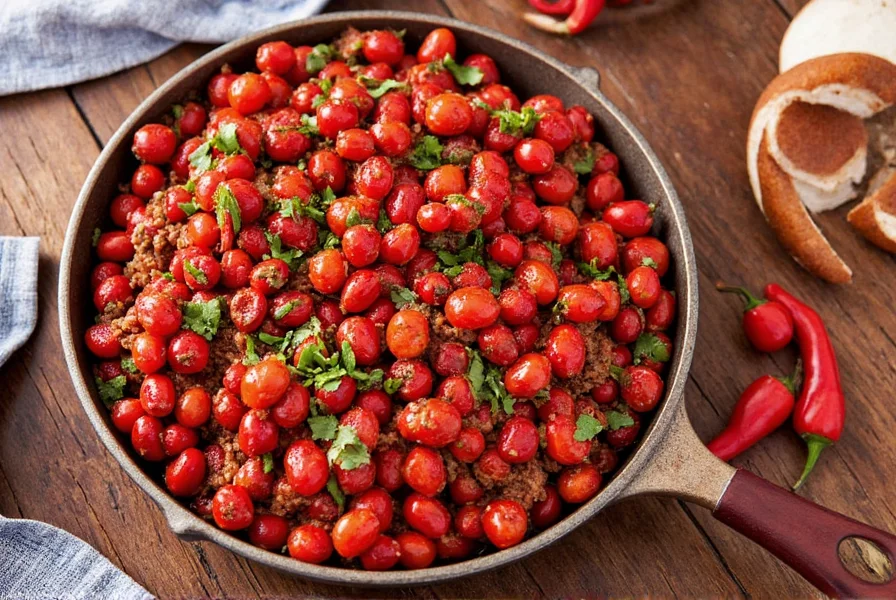
Buying Guide: Finding the Perfect Ancho Peppers
Choosing the right ancho peppers can make all the difference in your dishes. Here's what to look for:
Whole vs. Ground
- Whole ancho peppers give you more control over the final flavor and texture. Look for plump, leathery pods without cracks or signs of mold.
- Ancho powder is convenient and great for seasoning meats, soups, or making rubs. Choose organic or non-irradiated options for better flavor retention.
Brands Worth Trying
| Brand | Features | Best For | Occasion |
|---|---|---|---|
| La Costeña | High-quality dried anchos from Mexico, vacuum-sealed for freshness | Traditional mole and sauce recipes | Weekend cooking sessions or dinner parties |
| Frontier Co-op | Organic ground ancho powder, no additives | Everyday seasonings, grilling, or sprinkling into soups | Daily meals and family dinners |
| Badia | Budget-friendly whole ancho chiles in sealed bags | Experimentation and beginners | Trying new recipes or learning to cook with anchos |
| La Flor | Fair-trade, sustainably sourced dried peppers | Conscious consumers who value ethics and quality | Eco-friendly cooking or gifting |
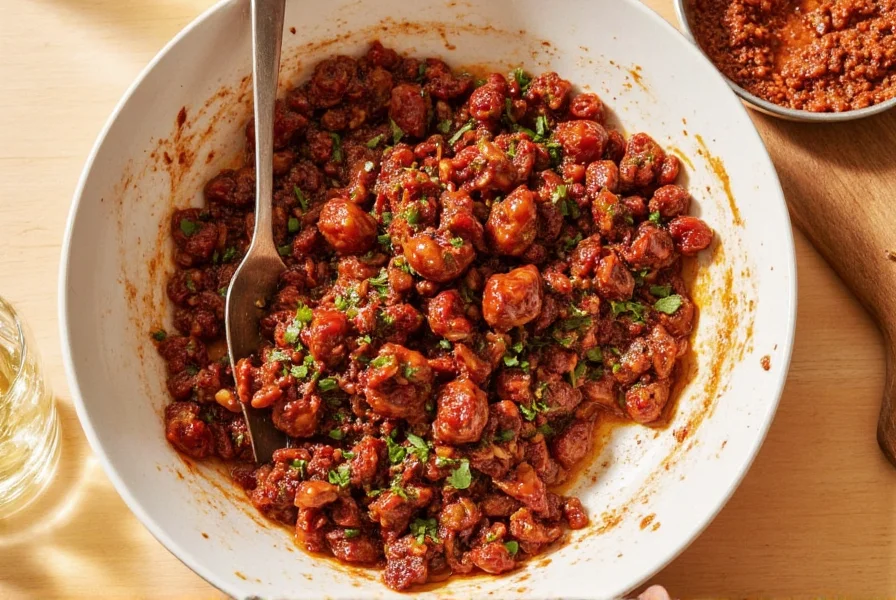
Where to Buy
- Local grocery stores – Hispanic markets or specialty food shops often carry premium whole anchos.
- Online retailers – Amazon, Penzeys, and MexGrocer offer high-quality bulk options.
- Grow your own – If you live in a warm climate, try growing fresh poblanos and drying them yourself!
Final Thoughts
Whether you're a seasoned chef or just dipping your toes into the world of spices, ancho peppers offer a gateway to bold, complex flavors that elevate everyday meals. From sauces and soups to snacks and desserts, the versatility of this humble dried chile is nothing short of magical.
With the recipes, pro tips, and buying guide above, you’re now fully equipped to bring home some anchos and start experimenting. So go ahead — let those smoky, spicy flavors take center stage in your kitchen!


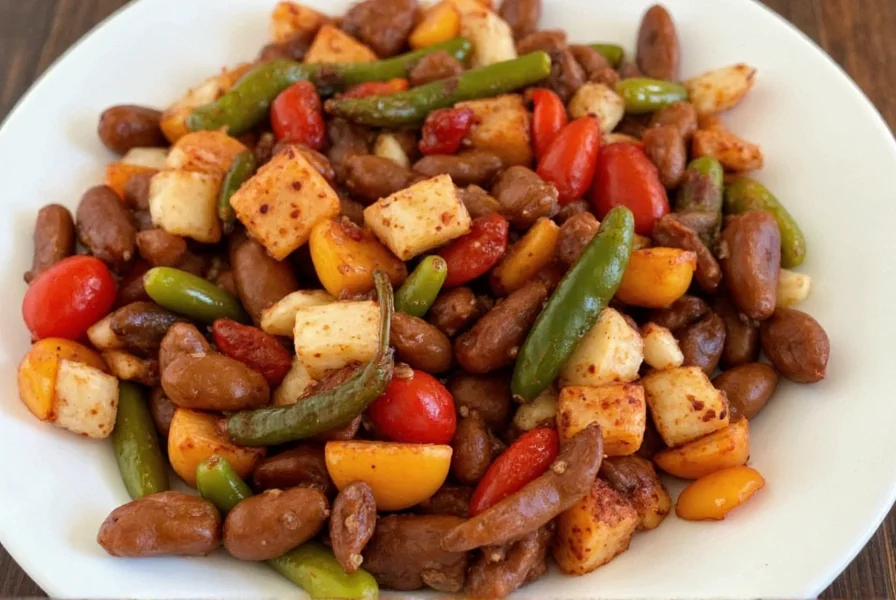









 浙公网安备
33010002000092号
浙公网安备
33010002000092号 浙B2-20120091-4
浙B2-20120091-4